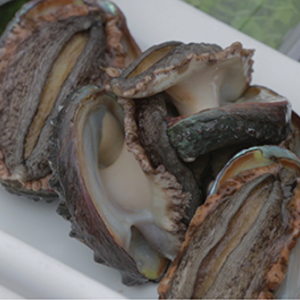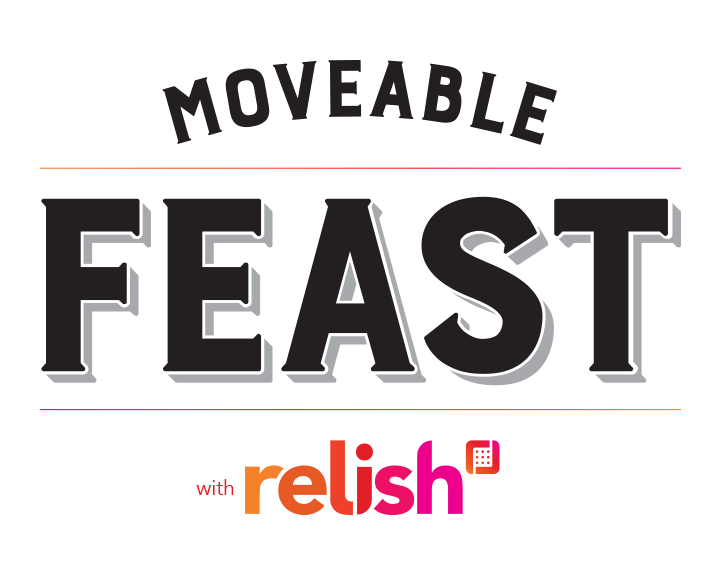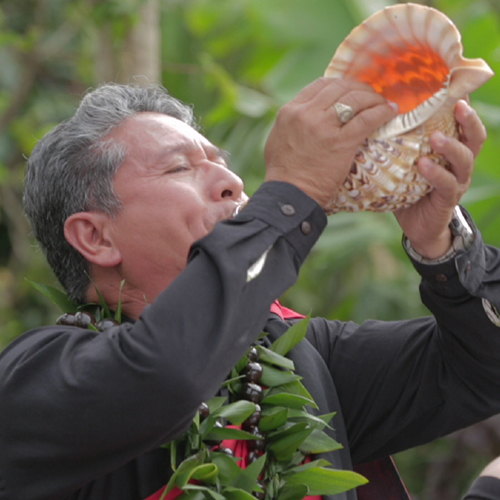
Pan-fried, stir-fried, or sautéed, abalone (sea snail) is a meaty, delicious mollusk that American and Asian chefs love to cook with. Overfishing, however, led to a drastically decreased supply. But sustainable abalone farms like Big Island Abalone, on the sunny Kona coast, have helped the abalone population become healthy again. The company did extensive research and development, partnering with the Natural Energy Laboratory of Hawaii Authority (NELHA) to create deep-water pumping systems that provide the constant supply of nutrient-rich, cold, clean Pacific water that abalone (and the algae it produces) need to thrive. And Big Island’s scientific methods not only help the farm mimic the natural ocean environment but also help keep it environmentally sound.
Now producing more than 100 tons a year of Kona abalone, a premium stock of Ezo (Japanese Northern) abalone, Big Island Abalone (BIAC) was founded in 1997 and began selling its product in 2001. The farm’s location, near Kona International Airport, ensures that the time it takes to deliver fresh abalone to markets is minimal. And because it’s midway between Japan and the United States, it can satisfy chefs in both places equally quickly.
If you happen to be in Hawaii, you can tour the BIAC farm and buy abalone right there, or pick some up at the Kapiolani Community College (KCC) farmers’ market or at the Neal S. Blaisdell Center farmers’ market, both in Honolulu.



